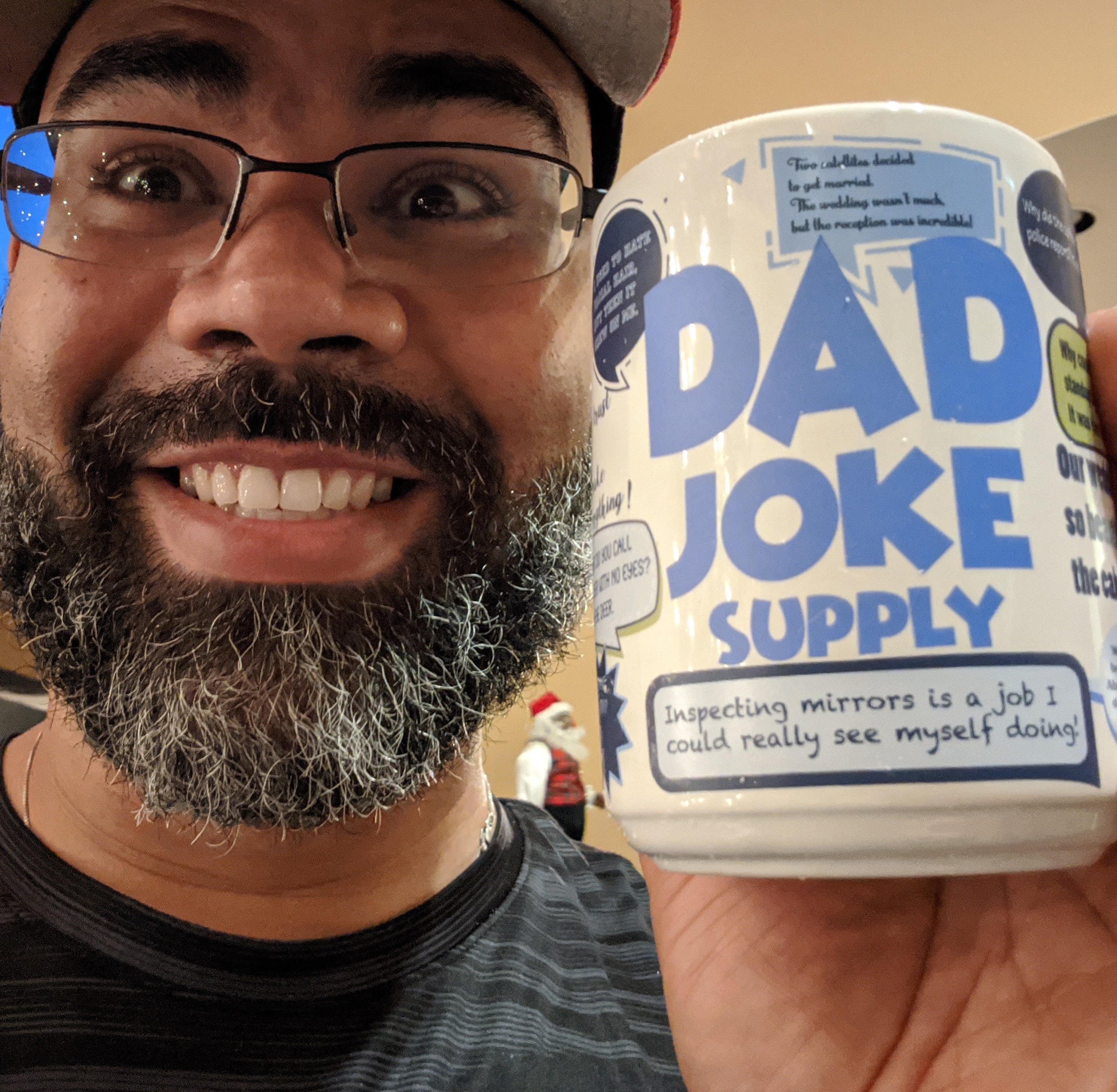The Flash Player uses the same epoch as Unix (January 1, 1970). An epoch is “a particular period of time marked by distinctive features, events, etc.” (source: Dictionary.com)
One thing to note is the date pertains to the UTC (univeral time coordinated: “Universal time, taking into account the addition or omission of leap seconds by atomic clocks each year to compensate for changes in the rotation of the earth.” [source: Dictionary.com]). Flash can handle this just fine. Let’s get to the code (starting to itch with all of these definitions).
One option to get the UTC date:
var now:Date = new Date(); var epoch:Number = Date.UTC(now.fullYear, now.month, now.date, now.hours, now.minutes, now.seconds, now.milliseconds); trace(now, epoch/1000, Math.round(epoch/1000)); |
The only real thing to note is the epoch/1000 is there because Flash uses milliseconds and epoch is in seconds so we divide by 1000 to get the seconds since the epoch. Now, that is how I first did it until I RTFM (read the freaking manual). It felt so dirty and unnecessary. Here is the easiest way to do it.
var now:Date = new Date(); var epoch:Number = Math.round(now.valueOf()/1000); trace(now.valueOf(), epoch); //1238595716133 1238595716 |
Notice the first trace shows a lot more numbers since it is milliseconds since the epoch. The second number is the epoch/1000 and rounded. Don’t forget to round or you’ll get three decimal places. Date.value() is the trick here. By definition: “Returns the number of milliseconds since midnight January 1, 1970, universal time, for a Date object.” (source: Adobe LiveDocs)
Anyways…that’s it. No need to pontificate (been wanting to use that word; lol) anymore about such a simple task.
UPDATE
Since someone on Twitter made the statement about getTime() I guess I wasn’t clear. Let me clarify.
The above is NOT the only way to do it. Yes, you can use new Date().getTime() or new Date().time (preferred over getTime() since it really is a property). They both yield the same result as new Date().value(). Dividing by 1000 and rounding is still required since we’re still fooling with milliseconds since epoch.
Thanks.

